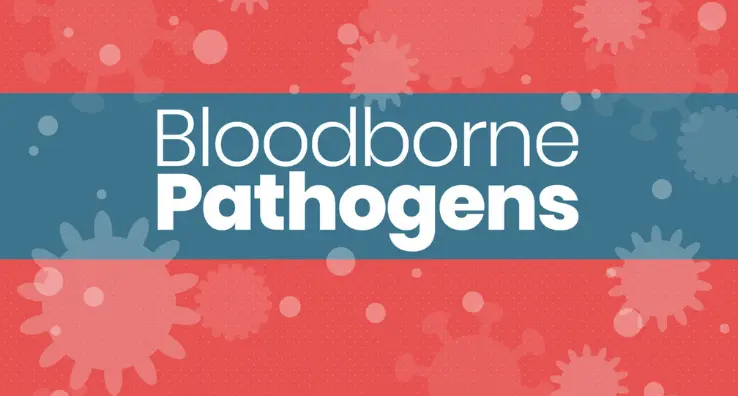Your Roadmap to Meet New, Enhanced Food Safety Culture Requirements

A key update with the release of GFSI Benchmarking Requirements (BMRs), version 2024, is a stronger emphasis on food safety culture. A food safety culture assessment plan is now required to be “established, implemented and maintained to identify areas of improvement to drive a positive (employee) behavior.” Elements of the plan include communication, training, feedback from employees, and performance measurements on food safety related activities.
As certification program owners (CPOs) like SQF, BRCGS, and FSSC 22000 work to incorporate these changes into their audit schemes, it’s useful for food manufacturers to begin establishing processes for the enhanced food safety culture assessments required in their facilities. There are many tools and services available to simplify and facilitate the execution. As always, when selecting the tools and services you will utilize, there are several important factors to consider. This assessment will ensure your selected path aligns with your organization’s goals, provides the planned outcomes to help you comply with your upcoming food safety audit requirements, and ultimately helps you improve your food safety culture maturity.
Here are key considerations to keep in mind:
1. Alignment with Your Organizational Goals
- Purpose and Scope: Ensure the service you’re going to use addresses the specific aspects of food safety culture that your organization wants to assess (e.g., leadership commitment, employee behavior and beliefs, training gaps).
- Customization: Determine whether it can be tailored to your organization’s unique needs or if it provides a one-size-fits-all approach. A customizable tool may provide more relevant and actionable insights but may lack potential industry benchmarking abilities that may be offered by the provider.
2. Comprehensive Evaluation
- Holistic Approach: A good assessment service should evaluate multiple dimensions of food safety culture, including leadership, employee food safety engagement at all levels, communication channels, training opportunities, compliance levels, and overall attitudes and beliefs towards food safety.
- Behavioral Focus: It should go beyond a survey checklist and not just assess knowledge, but also include the review of actual behaviors and practices, as these are critical to understanding the culture.
- Industry Reputation: Consider whether the service has a proven track record of value to its industry users. Request testimonials from prior users to better understand how this service has helped improve food safety cultures.
3. Communication Plan
- Clear Purpose and Expectations: The service should have a good template plan for communicating this culture journey, the purpose of the assessment and its role in your commitment to culture continuous improvement. Making sure all levels of your organization understand the “why” behind this effort will help ensure your staff’s support.
- Encouraging Honest Feedback: Employees are more likely to offer authentic responses when they feel that their voices are heard and valued. A focus on the importance of honest feedback will foster trust and provide assessment data that accurately reflects the opinions and knowledge of your staff.
- Involving Staff: This is a great opportunity to engage your culture champions to actively participate in this process and encourage their engagement. The assessment process is only the beginning of the culture review. It will be important to encourage early engagement so these key individuals can be an active participant in the data interpretation, implementation of improvement strategies, and measurement of the success.
3. Data Collection Methods
- Surveys and Questionnaires: Does the solution use surveys or questionnaires to gather feedback from employees at different levels? Understand how these tools are designed and if they meet the food safety culture areas you need for future improvements.
- Interviews: Some services may also offer interviews with your staff to garner verbal feedback. These interactions can provide deeper insights into the organizational culture and provide additional context behind survey responses.
- Observational Assessments: Does your chosen method easily collect observational assessments of employee behaviors on the plant floor? Behavioral observations can be an important way to assess whether the employees have both the necessary knowledge of food safety as well as the ability to consistently exhibit the expected food safety behaviors.
4. Ease of Use and Implementation
- User-Friendly: The service/tool should be easy to execute. It should be well organized and detailed in the implementation process to ensure no surprises.
- Time and Resource Requirements: Consider how much time and effort the service will take to conduct. Access to personnel will need to be well thought out and anticipated within operations.
5. Data Analysis and Reporting
- Actionable Insights: It should provide actionable insights, not just raw data. It’s important that it provides bespoke recommendations for improving food safety culture based on the comprehensive datainputs and results.
- Benchmarking: Some services provide benchmarking features that allow you to compare your organization’s food safety culture against industry standards or peers.
- Report Format: Review an example report to determine if it will address your needs including your ability for interpretation, level of detail to affect change in specific areas of your organization versus plant level summary.
6. Scalability and Flexibility
- Adaptability to Different Sizes: Consider whether the service can be scaled to meet the needs of your organization, whether it’s a small facility or a global company.
- Global Reach: If you have multiple locations or operate internationally, it should be able to address cultural differences in food safety practices globally.
- Language Options: For multinational organizations, language support will be an important consideration, particularly for tools that rely on surveys or questionnaires.
7. Cost and Value
- Cost-Effectiveness: Consider your budget and weigh it against its capabilities. If this is your first assessment, a simpler approach may be preferred.
- Subscription vs. One-Time Fee: Some services charge a one-time project fee, while others operate on a subscription model for ongoing resources and periodic guided improvement assessments. External resources may be welcome to help sustain your continuous improvement efforts.
8. Continuous Improvement Features
- Consulting Services: Does it offer consulting expertise to aid in executing improvement recommendations? For example, it may be useful to have this service provide culture training as a part of your assessment.
- Follow-Up Assessments: Look for services that allow for periodic reassessments or offer guidance for tracking improvements over time.
By carefully considering these factors, you can select a food safety culture assessment tool or service that aligns with your organization’s objectives. At Intertek Alchemy, we offer solutions designed to support every aspect of your food safety culture journey — from customizable assessments and training programs to communication templates and behavior-based observations. Whether you’re just getting started or looking to enhance existing efforts, Alchemy’s experienced Consulting team can help you meet the new GFSI requirements while building a stronger, more sustainable food safety culture.





